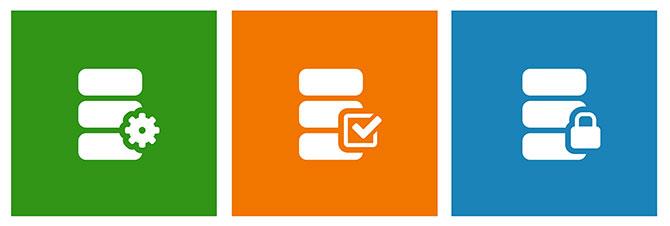Tommy owner Express Magazine
Drupal Developer having 9+ year experience, implementation and having strong knowledge of technical specifications, workflow development. Ability to perform effectively and efficiently in team and individually. Always enthusiastic and interseted to study new technologies
- Skype ID: tthanhthuy







![[May 15, 2014] Việc làm Drupal cho Web Developers [May 15, 2014] Việc làm Drupal cho Web Developers](https://expressmagazine.net/sites/default/files/styles/portfolio/public/imagesArticle/digital_outdoors.jpg?itok=f9yVadbM)























